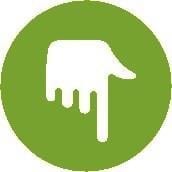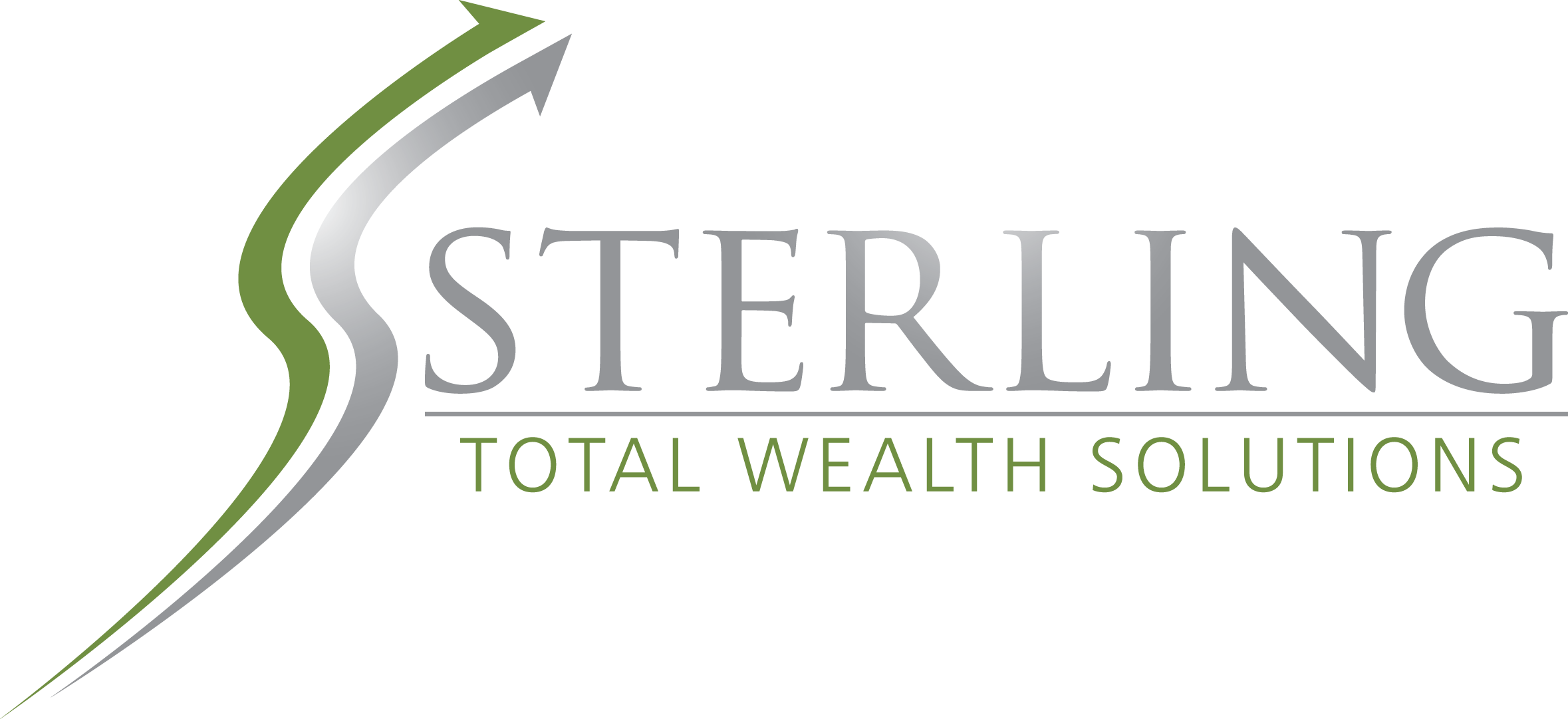In this month’s recap: stocks rose as better-than-expected corporate earnings and progress on a COVID-19 vaccine encouraged investors.
Monthly Economic Update
Monthly Economic Update | Presented by Sterling Total Wealth Solutions | August 2020
U.S. Markets
Stock prices rallied in July as further development of a COVID-19 vaccine and better-than-expected corporate financial reports encouraged investors.
The S&P 500 gained 5.5 percent, while the Nasdaq Composite picked up 6.8 percent. The Dow Industrial Average, which has lagged much of the year, rose 2.4 percent.1
Confident Investors
Stock prices started the month elevated, thanks to early results from a COVID-19 vaccine trial, a better-than-expected jobs report, and a higher-than-anticipated reading on manufacturing activity.
Despite multiple states reporting increases in infections, stocks continued their climb, especially in the mega-cap technology companies. Meanwhile, investors remained confident, even as multiple regional Federal Reserve presidents warned of a bumpy economic recovery.
Earnings Update
As of July 31, more than half of the companies comprising the S&P 500 Index reported their earnings. Of these companies, 84 percent reported earnings in excess of analysts’ estimates, with the Health Care and Technology sectors leading the way.2
In the final week of trading, investor sentiment alternated between worry and optimism. A disappointing jobless claims report and a stunning second-quarter GDP number caused some worry. But the mega-cap technology names reported exceptional earnings, capping off a strong month for the equity markets.
Sector Scorecard
Industry sectors were uniformly higher in July, except for a loss in the Energy sector (-4.36 percent). Gains were made in Communication Services (+6.09 percent), Consumer Discretionary (+6.72 percent), Consumer Staples (+7.03 percent), Financials (+3.80 percent), Health Care (+6.07 percent), Industrials (+4.80 percent), Materials (+7.01 percent), Real Estate (+4.28 percent), Technology (+3.11 percent), and Utilities (+7.62 percent).3
What Investors May Be Talking About in August
In the last ten years, August has gained a reputation for being one of the more volatile months of the year.
For instance, in August of 2019, the S&P 500 Index posted moves of more than one percent in 11 of the 22 trading days, with three daily drops of more than 2.6 percent. At the time, trade friction with China was escalating, and some market watchers suggested that the bond market was signaling a recession on the horizon.4,5
One of the reasons for the past volatility is that some traders are away on vacation, resulting in lighter volume, which may have the effect of amplifying market volatility. But this year may be different since many people are staying closer to home due to the pandemic.
This August will stand on its own merits. But investors should be prepared for headlines that could result in outsized moves.
World Markets
Overseas markets were mixed. Optimism for the development of a COVID-19 vaccine was offset by continued tension between the U.S. and China. The MSCI-EAFE Index advanced 2.23 percent.6
European stocks trended lower as multiple economies continued to reopen, and the European Union agreed to a fiscal stimulus package for member nations. German shares edged higher, while France lost ground.7
Pacific Rim stocks were mixed. Australia rose 0.51 percent, while Japan fell 2.59 percent. The volatile Argentinian market rose nearly 28 percent.8
Indicators
Gross Domestic Product: The economy contracted by an annualized rate of 32.9 percent in the second-quarter GDP.9
Employment: The unemployment rate declined in June to 11.1 percent (from May’s 13.3 percent rate) as the economy added 4.8 million jobs.10
Retail Sales: Consumer spending rose 7.5 percent in June, aided by the reopening of malls and restaurants. Sales were largely driven by autos, clothing, furniture, and electronics.11
Industrial Production: Output by the nation’s manufacturers, utilities, and mines increased by 5.4 percent. Manufacturing jumped by 7.2 percent.12
Housing: Housing starts leaped by 17.3 percent; though, new construction remains behind last year’s pace.13
Posting its largest monthly jump ever, existing home sales soared 20.7 percent in June.14
New home sales rose 13.8 percent, touching its highest sales pace in 13 years.15
Consumer Price Index: Consumer inflation jumped 0.6 percent in June, which economists attributed to a snapback in prices from COVID-19-related declines in the previous three months. Gasoline prices soared 12.3 percent, accounting for more than half of the month’s increase in the CPI.16
Durable Goods Orders: Durable goods orders increased 7.3 percent, as an 86 percent leap in orders for new cars and trucks offset a sharp drop in aircraft manufacturing.17
TIP OF THE MONTH

Why not find out exactly what is on your credit report? You are entitled to one free copy from each credit bureau annually.
The Fed
As expected, the Federal Reserve left its benchmark interest rate unchanged at its two-day meeting, which ended July 29. The Fed also reiterated its commitment to bond purchases and the lending and liquidity programs it currently has in place.18
| MARKET INDEX | Y-T-D CHANGE | July 2020 |
| DJIA | -7.39% | 2.38% |
| NASDAQ | 19.76% | 6.82% |
| S&P 500 | 1.25% | 5.51% |
| BOND YIELD | Y-T-D | July 2020 |
| 10-YR TREASURY | -1.38% | 0. 54% |
Source: Yahoo Finance, July 31, 2020
The market indexes discussed are unmanaged and generally considered representative of their respective markets. Individuals cannot directly invest in unmanaged indexes. Past performance does not guarantee future results. U.S. Treasury Notes are guaranteed by the federal government as to the timely payment of principal and interest. However, if you sell a Treasury Note prior to maturity, it may be worth more or less than the original price paid.
QUOTE OF THE MONTH

“I like a teacher who gives you something to take home to think about besides homework.”
LILY TOMLIN
THE MONTHLY RIDDLE

How is it possible to name three consecutive days without using the words Monday, Tuesday, Wednesday, Thursday, Friday, Saturday, or Sunday?
LAST MONTH’S RIDDLE: Haretown and Tortoiseville are 44 miles apart. A hare travels at 8 miles per hour from Haretown to Tortoiseville, while a tortoise travels at 3 miles per hour from Tortoiseville to Haretown. If both set out at the same time, how many miles will the hare have to travel before meeting the tortoise en route?
ANSWER: 32 miles. They will meet each other in 4 hours. The hare will have traveled 32 miles in that time (4 x 8mph); the tortoise, 12 (4 x 3mph).
Securities offered through Registered Representatives of Cambridge Investment Research, Inc., a Broker/Dealer, Member FINRA/SIPC. Advisory services offered through Cambridge Investment Research Advisors, Inc., a Registered Investment Advisor. Sterling Total Wealth Solutions and Cambridge are not affiliated.
To learn more about Sterling Wealth Advisors, visit us on the web at www.sterlingtotalwealthsolutions.com
Know someone who could use information like this? Please feel free send us their contact information via phone or email. (Don’t worry – we’ll request their permission before adding them to our mailing list.)
CITATIONS:
- The Wall Street Journal, July 31, 2020
- FactSet Research, July 31, 2020
- FactSet Research, July 31, 2020
- CNBC.com, August 31, 2019
- MarketWatch, August 1, 2019
- MSCI.com, July 31, 2020
- MSCI.com, July 31, 2020
- MSCI.com, July 31, 2020
- The Wall Street Journal, July 30, 2020
- The Wall Street Journal, July 2, 2020
- The Wall Street Journal, July 16, 2020
- The Wall Street Journal, July 15, 2020
- CNBC.com, July 17, 2020
- The Wall Street Journal, July 22, 2020
- MarketWatch.com, July 24, 2020
- The Wall Street Journal, July 14, 2020
- MarketWatch.com, July 27, 2020
- CNBC.com, July 29, 2020
